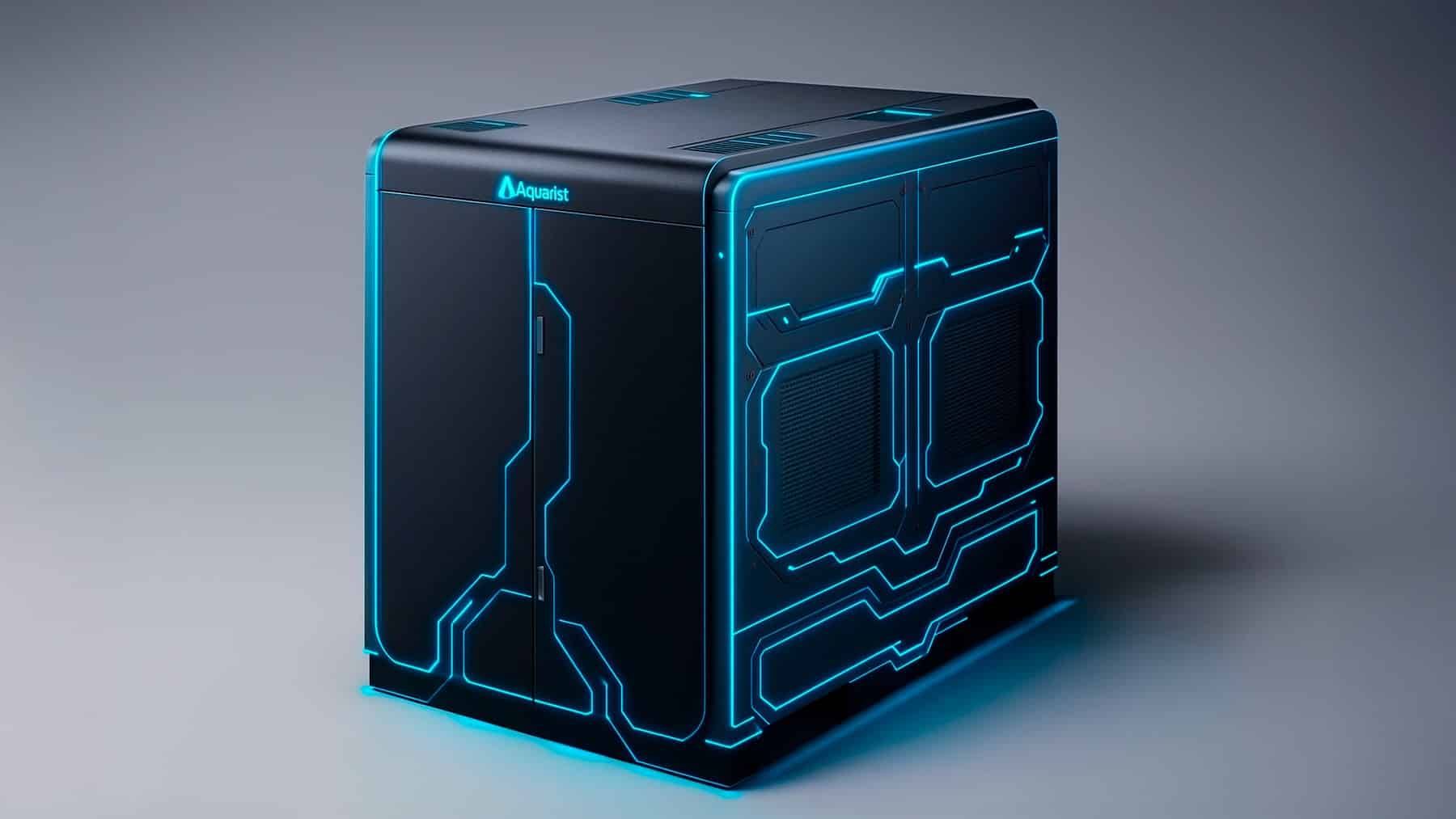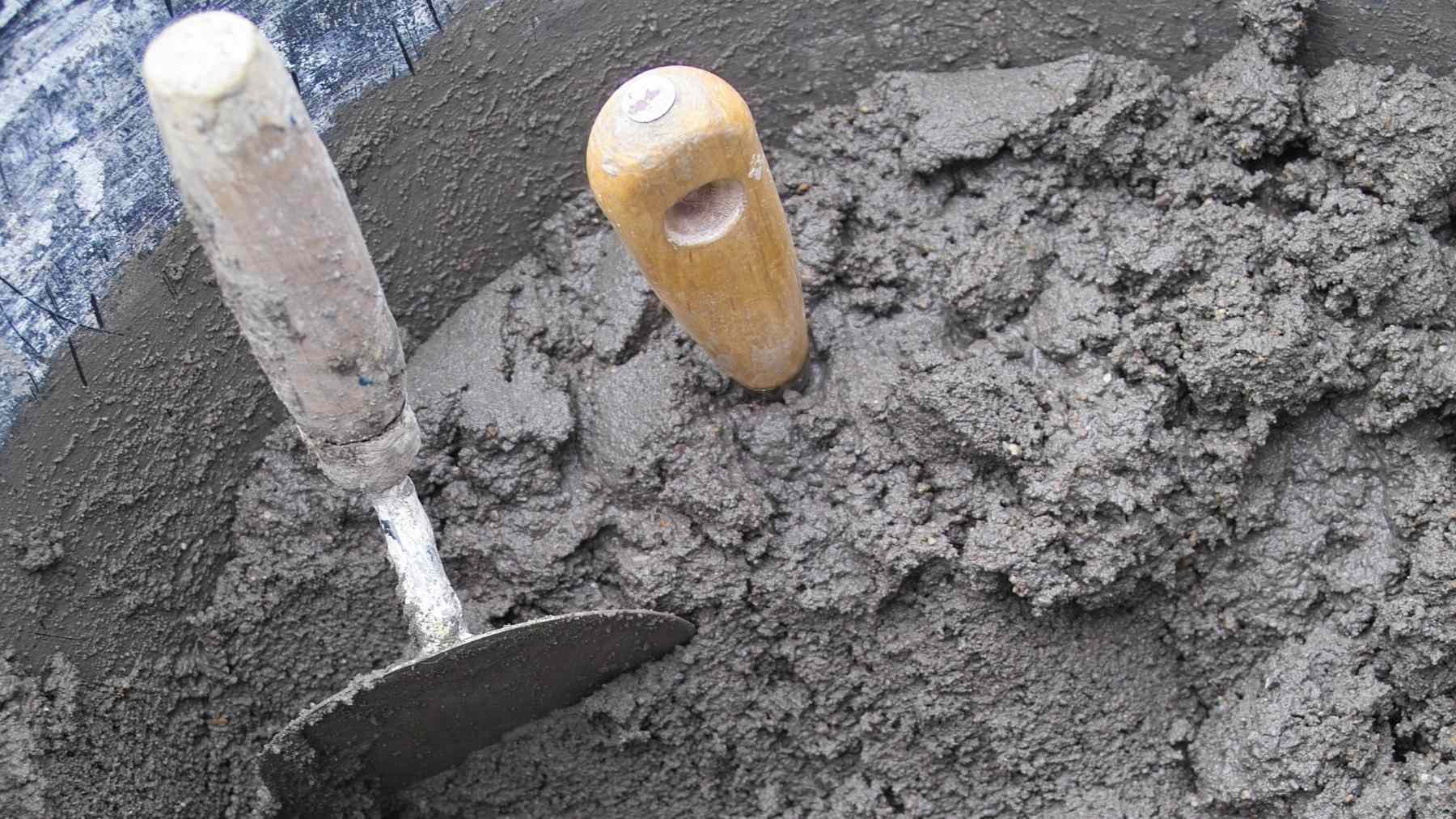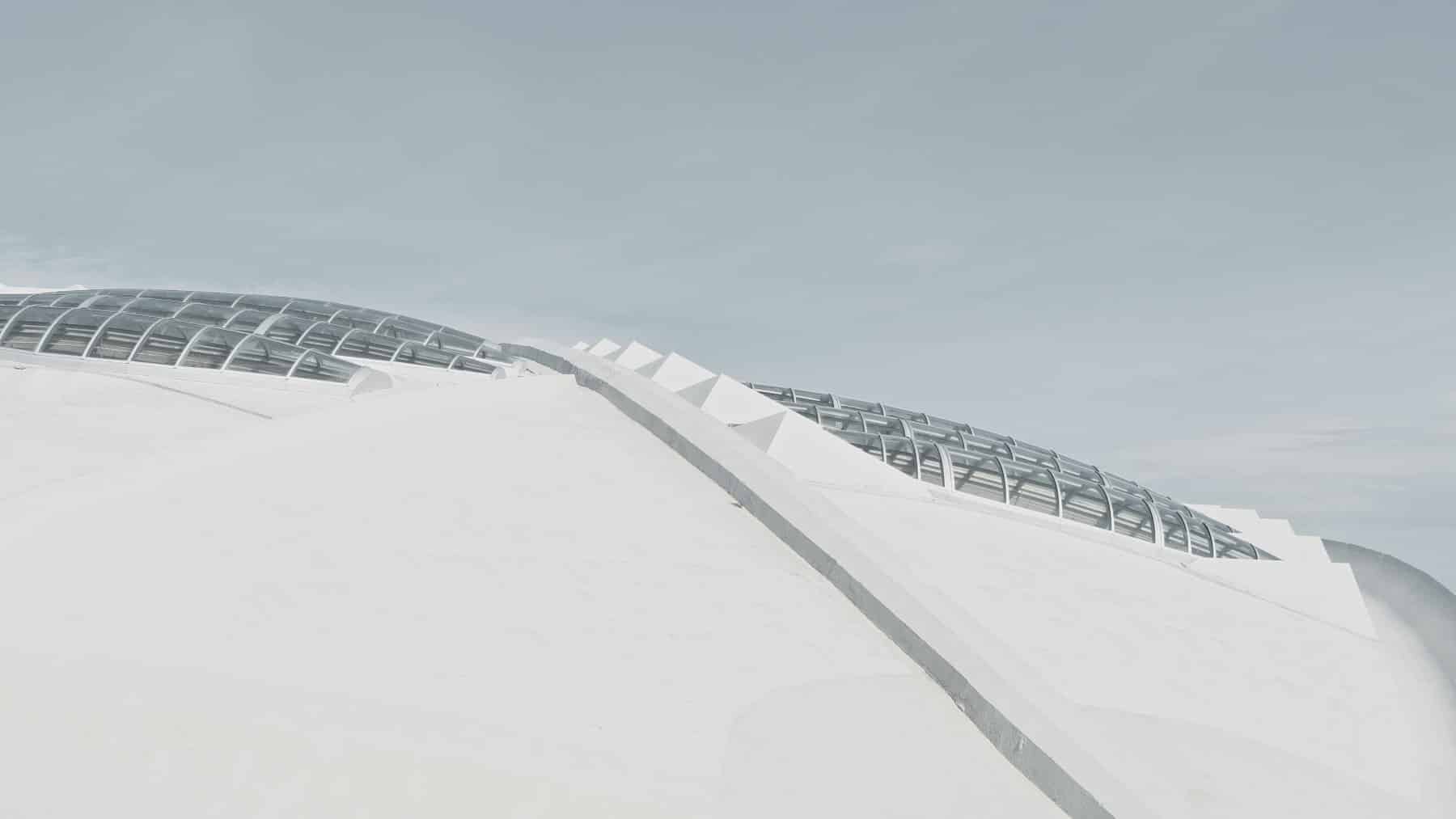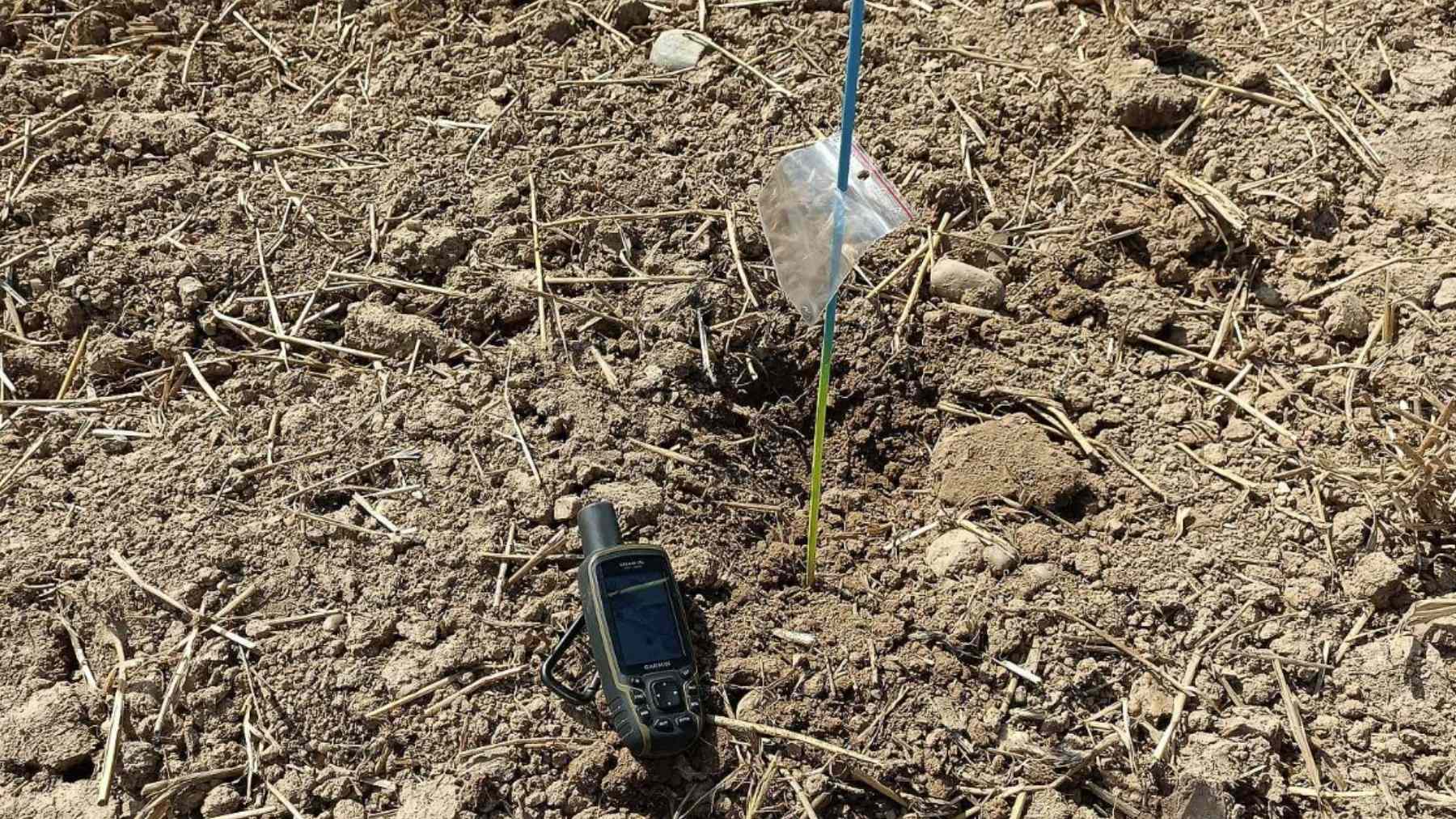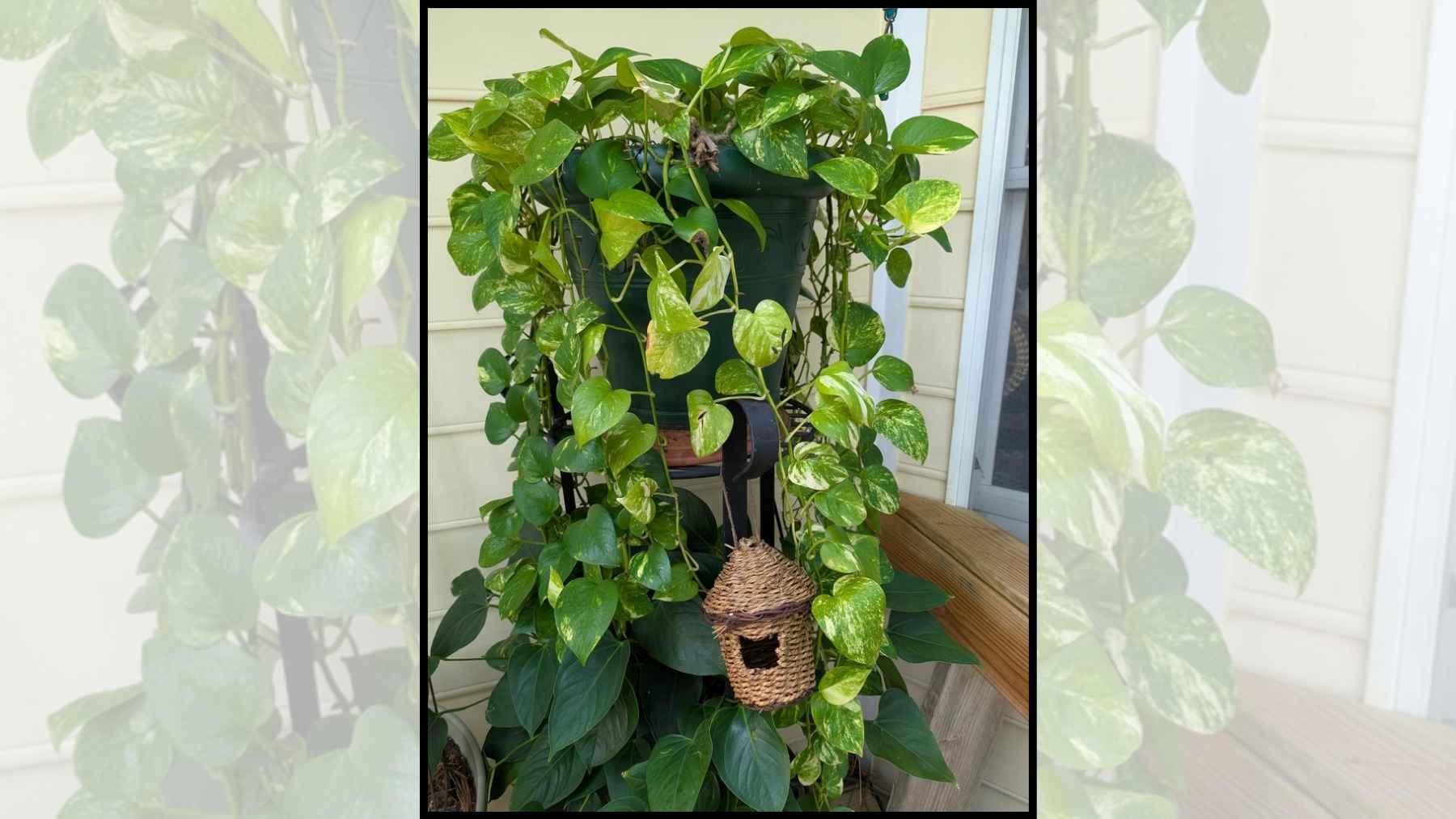When we see headlines talking about the scarcity of drinking water, we are not dealing with a problem of the past or just a concern… this is already a daily challenge in many regions of the planet. Largely due to extreme weather events, prolonged droughts, contamination of water sources and the rapid growth of cities. That is why the search for sustainable and self-sufficient solutions to guarantee water supply has grown. The latest news is this futuristic cube that can transform air into drinking water.
Is it possible to produce water at home?
Have you ever imagined being able to produce your own drinking water at home? Well, without having to rely on public water networks, wells or supply trucks… We know it sounds like something out of a movie, but that’s what atmospheric water generators (AWGs) are starting to offer. Let us explain: they are different from a simple dehumidifier. In fact, these machines are equipped with advanced filtration systems, UV light sterilization and even water mineralization, ensuring that the liquid extracted from the air is not only clean but also healthy and tasty.
We must remember that daily water production depends mainly on relative humidity and ambient temperature. In other words, in the hottest and most humid regions, such as Miami or Houston, they can reach yields close to 250 gallons (about 950 liters) per day, while cities like San Francisco register an average of 132 gallons (500 liters). Why is this important? Well, thinking about maximizing use, it is recommended to use external storage tanks and auxiliary sources in drier months. And it is exactly in this context that this revolutionary device appears, capable of meeting all the water demands of a residence: the Hydropack X.
This is the Hydropack X, the new futuristic cube
The Hydropack X may look like a modern cube at first glance, but it is much more than that. We are talking about a modular and super-efficient system, capable of transforming air humidity into drinking water and the best part: it can even fit in your backyard. With a daily production of up to 1,000 liters (or 264 gallons), it can easily supply the average household consumption. It is important to remember that it works best in places with temperatures between 15°C and 43°C, as well as relative humidity above 30%.
Not only that, but its biggest difference lies in its engineering, because in addition to capturing moisture from the air, the equipment treats this water in multiple stages to ensure that it exceeds EPA and WHO standards. This includes particle filtration, activated carbon, ultraviolet radiation and real-time quality control via software.
It can even be connected to solar panels (like this new solar panel), and when this happens, the Hydropack X can operate at virtually zero cost per gallon, which represents a significant savings compared to the price of bottled water or home delivery systems.
A new way to access water
As if its domestic application weren’t transformative enough, the Hydropack X’s potential goes much further. That’s because it can be scaled to supply entire communities. A project by Aquaria Technologies envisions installing an atmospheric water system for 1,000 homes in Hawaii, completely eliminating reliance on traditional sources.
In addition, smaller versions such as the Hydropixel, which is designed for indoor use, and mobile stations such as the Hydrostation are being adopted at construction sites, parks, resorts and areas with water vulnerability. They do not require plumbing, are powered by regular electricity and produce 24 to 250 gallons of water per day, depending on the model and environmental conditions. Maybe it’s not just moon rocks that can solve Earth’s water crisis…
Disclaimer: Our coverage of events affecting companies is purely informative and descriptive. Under no circumstances does it seek to promote an opinion or create a trend, nor can it be taken as investment advice or a recommendation of any kind. For more information, please visit our Trust Principles.
